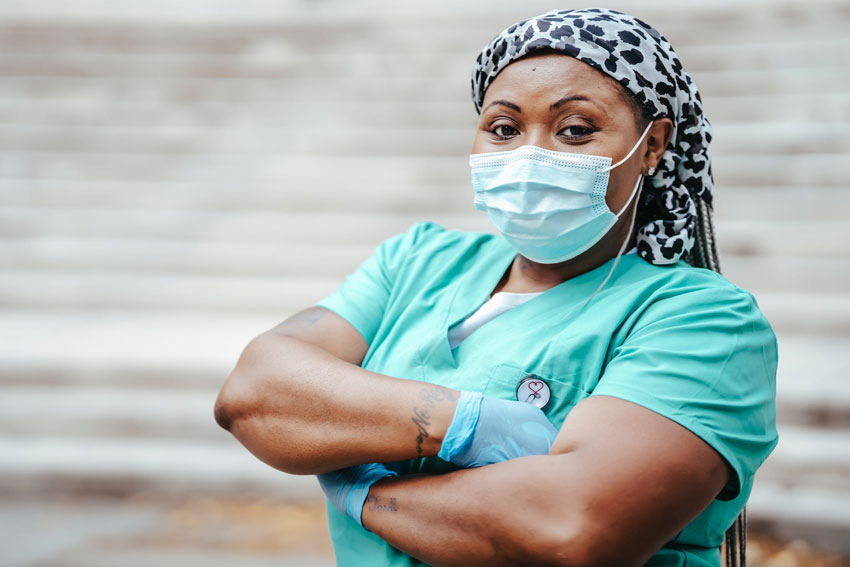“[COVID-19] shows the health disparities that really affect us”, said Executive director of HACER, Rodolfo Gutiérrez at the Hispanic Community Town-hall.
He displays a graph of active COVID-19 cases from February of 2022. Latinos represent about 5% of the population but they show 7.2% of active cases and 7.1% of deaths. Similarly, Black-non-Hispanics, who make up 6% of the total populations are showing 7.7% of active cases and 7.7% of the deaths. Compared to white non-Hispanic who are showing 62% cases, 67.8% of deaths, and are 76% of the total population.
Steadily, cases have been on the rise this early summer. During the first week of May, health officials reported 5,117 new cases of COVID-19. They also reported five deaths, and 36 cases requiring intensive care. See up-to-date stats by race and ethnicity here.
Latino/BIPOC/immigrant people have been disproportionately dying and hospitalized with severe COVID-19. Dr. Miguel Ruiz is a frontline doctor with HealthPartners. He cites his experience at the beginning of the pandemic: “Many more patients, more than 50% in recovery don’t speak English”. MDH’s Mateo Frumholtz explains: “healthcare systems we have not had a good connection with any community, black, Somali, Hmong, and Karen. Communities that have been growing in this state”.
Mandates and safety guidelines from government sources in English are often unheard of or mistrusted. Patterns of inaccessibility and misinformation for many would also form around the vaccine.
Latinos and other demographics would cite non-scientific reasons to avoid the vaccine. From zombies to microchips. The difference for Latino and immigrant groups is that “fake news” becomes “word of mouth”. It often happens instead of having clear sources, let alone trusted ones. Trust from BIPOC communities has been historically harmed. The Tuskegee Syphilis study and forced sterilization programs are just some examples. Over the last decade negative rhetoric towards Latinos has elevated the fear for those in process to change migratory status.
Francisco Ramirez believes solutions include:
- Having testing/vaccine sites within neighborhoods
- Vaccination centers within trusted entities (churches, community centers, etc.)
- Presence of community members and bilingual medical staff
Francisco elaborates, “Being simple, practical and being open to listening to questions is very important…in the beginning I also had my doubts.”
LEDC is partnering with the Minnesota Department of Health (MDH) to address issues of vaccine misinformation and access in the Latino community of Minnesota.



